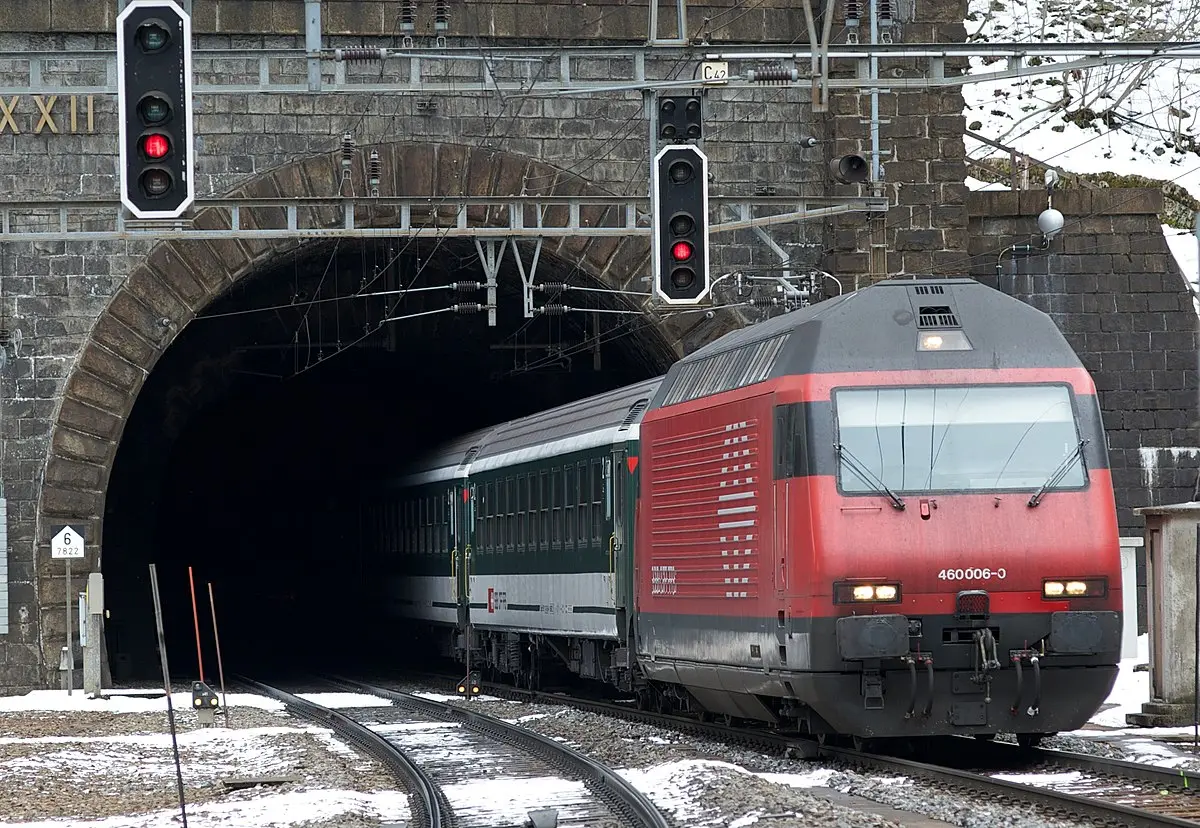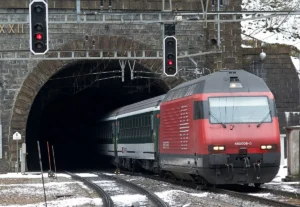Zurich — The Gotthard Base Tunnel in Switzerland remains the longest railway tunnel in the world, stretching 57.1 kilometers beneath the Alps. Opened in 2016, it connects northern and southern Europe, easing freight and passenger transport while symbolizing Europe’s commitment to transalpine integration.
Japan’s Seikan Tunnel follows closely at 53.85 kilometers, linking Honshu and Hokkaido with 23.3 kilometers under the seabed. Since its opening in 1988, it has served as the longest undersea rail tunnel globally, balancing high‑speed and regional train traffic. The Channel Tunnel between the UK and France, at 50.45 kilometers, remains a cornerstone of European connectivity, facilitating both passenger and cargo flows across one of the busiest corridors in the world.
Asia’s contribution is equally significant. South Korea’s Yulhyeon Tunnel, at 50.3 kilometers, supports the Seoul Metropolitan Subway, while China’s Songshan Lake Tunnel (38.82 km) and New Guanjiao Tunnel (32.7 km) demonstrate the country’s rapid expansion of high‑speed and national rail infrastructure. Spain’s Pajares Base Tunnel (24.67 km) and Guadarrama Tunnel (28.4 km) highlight Europe’s continued investment in high‑speed rail networks.
From a governance perspective, these tunnels represent more than engineering feats. They embody national priorities in reducing travel time, enhancing trade efficiency, and overcoming geographic barriers. Each project required coordination across multiple agencies, significant financial investment, and long‑term planning, reflecting the role of infrastructure as a pillar of state capacity.
Globally, the construction of such tunnels underscores the strategic importance of rail transport in the 21st century. As nations grapple with climate change, congestion, and energy efficiency, railway tunnels offer sustainable alternatives to air and road transport. They are not merely passages through mountains or seas, but symbols of resilience, vision, and international cooperation in infrastructure governance.









